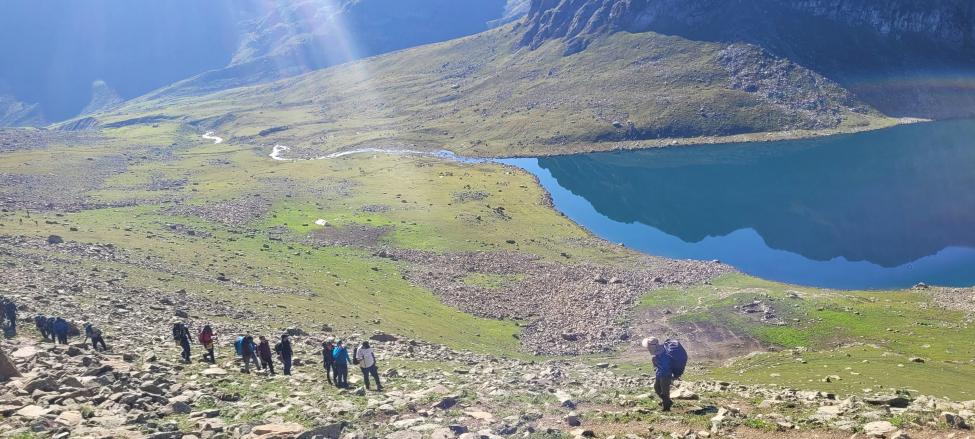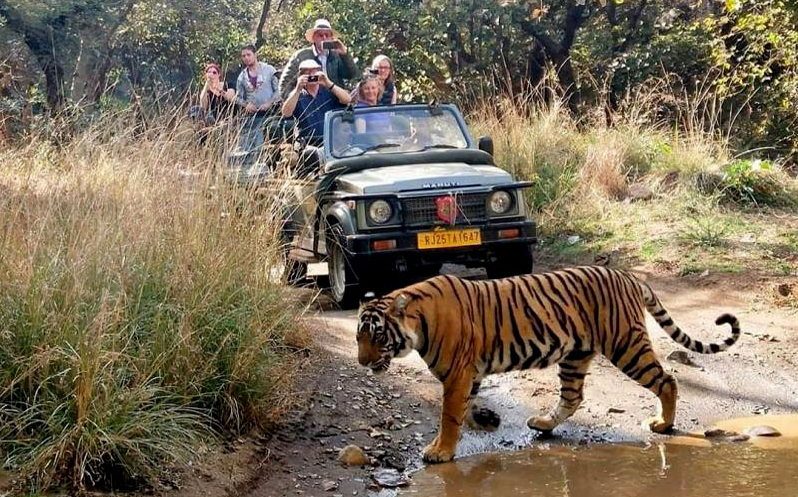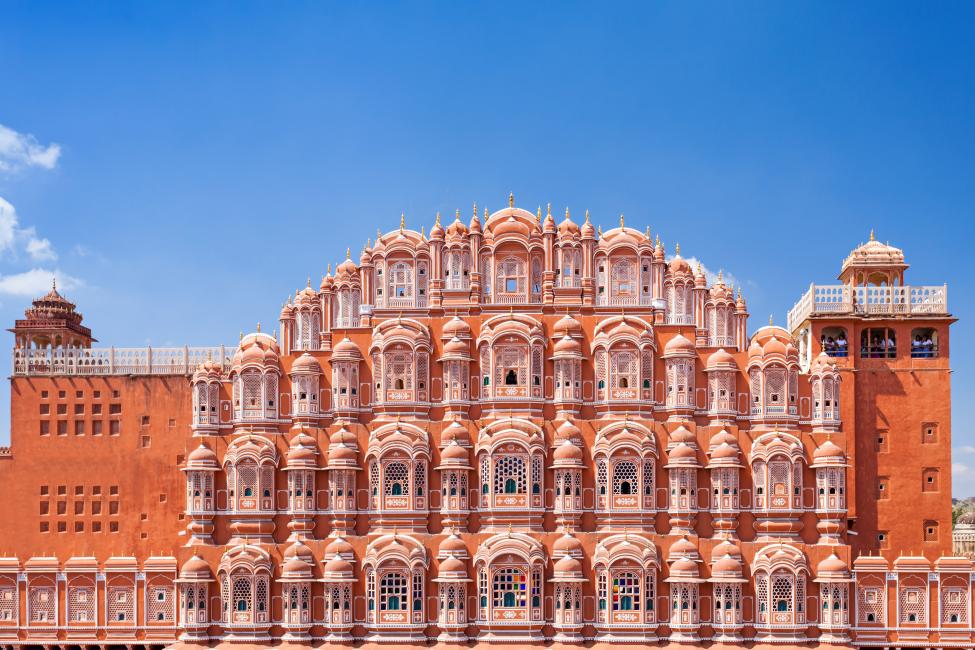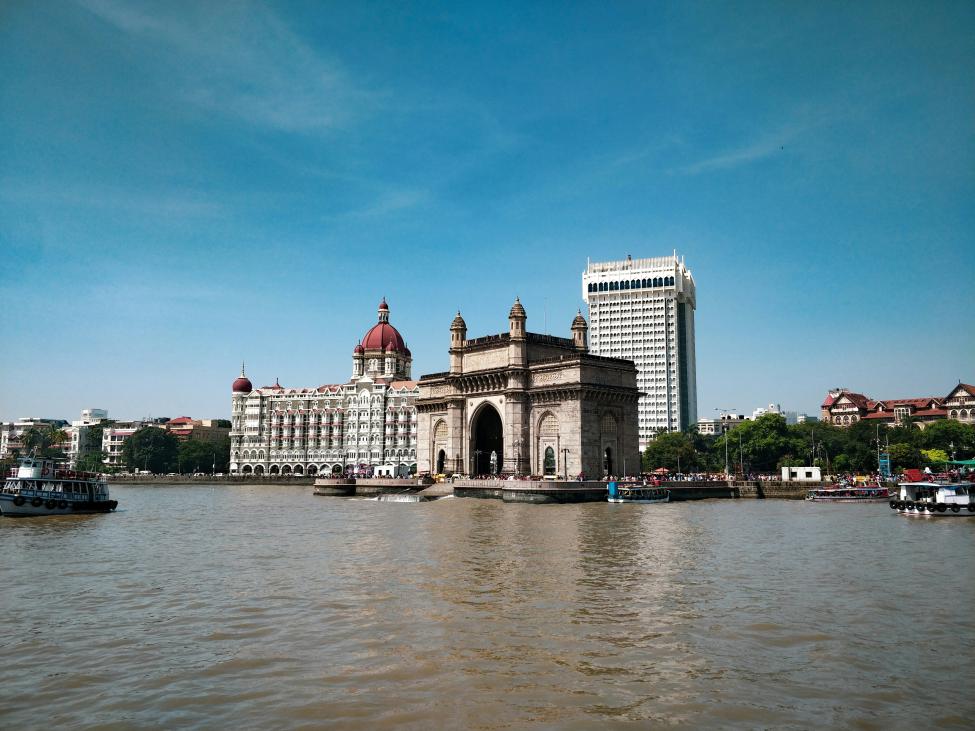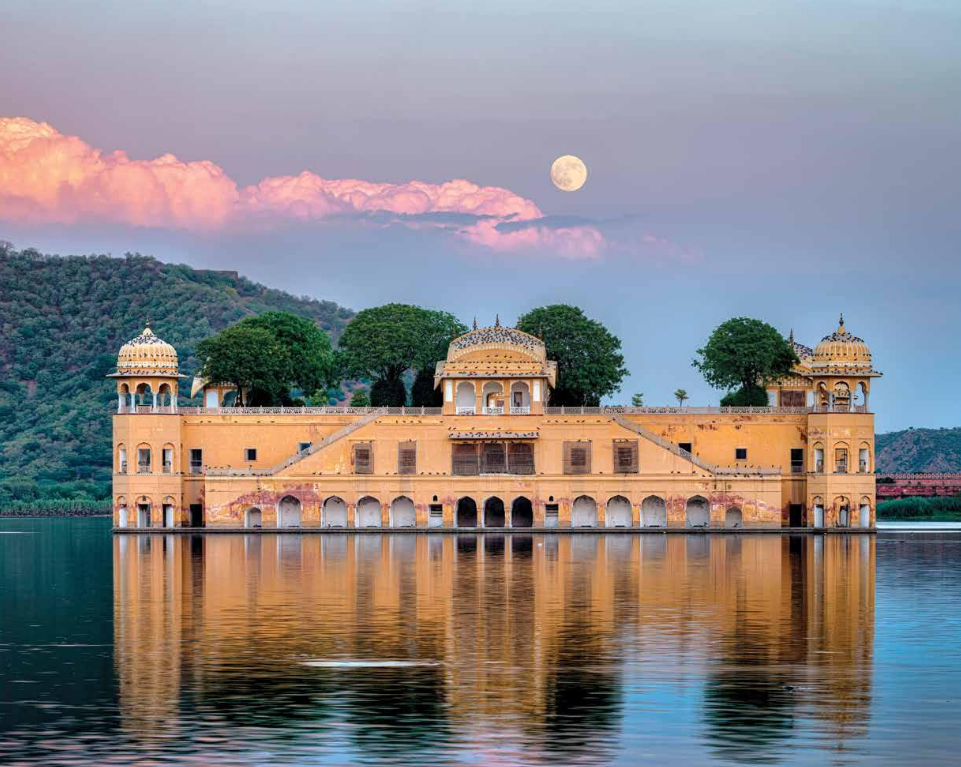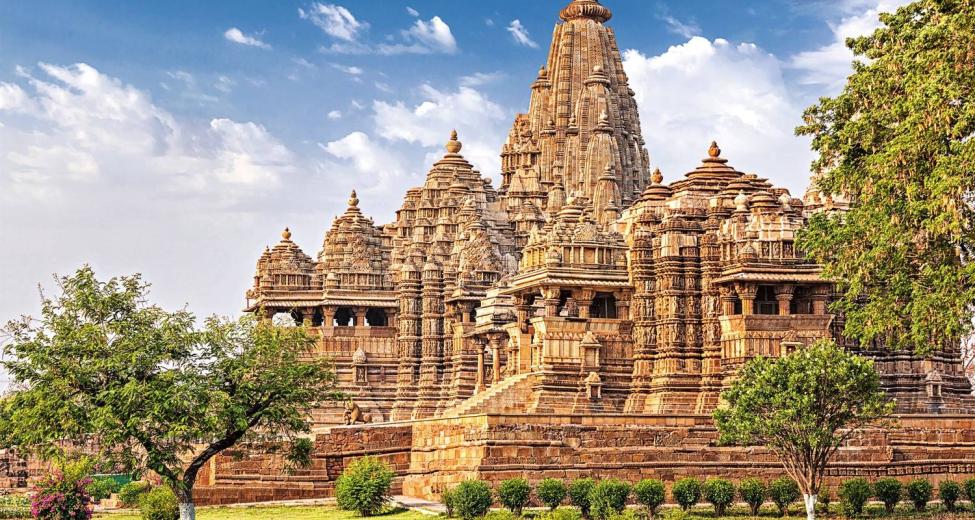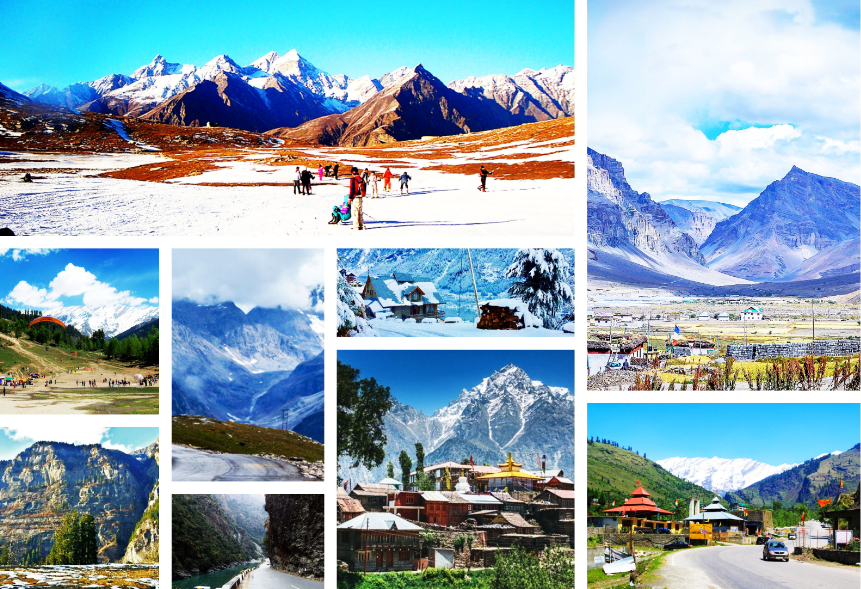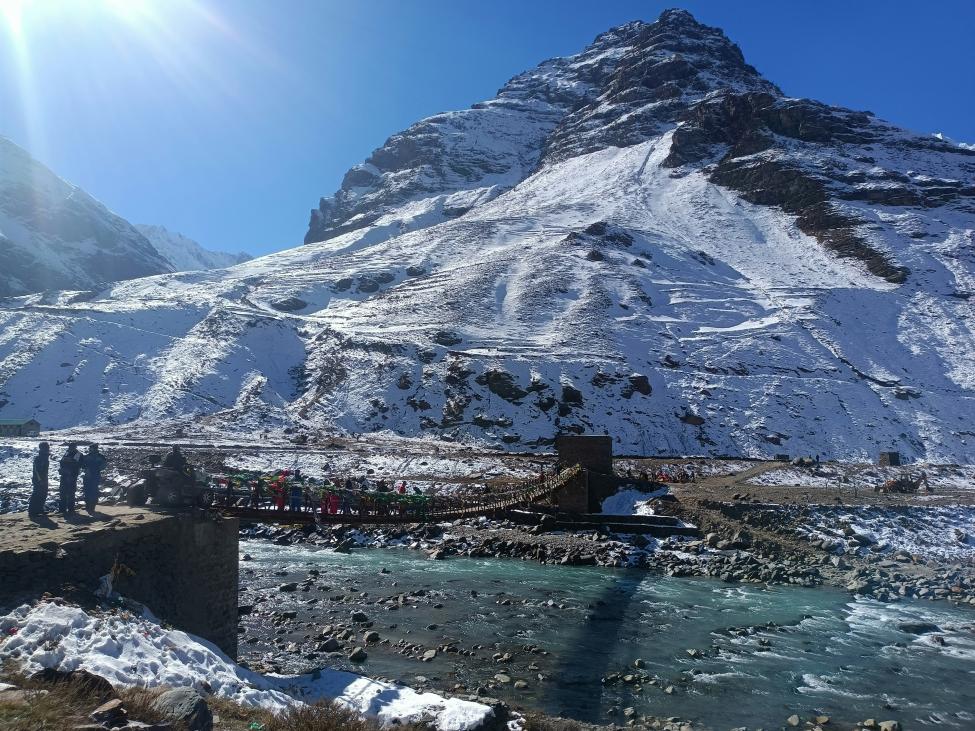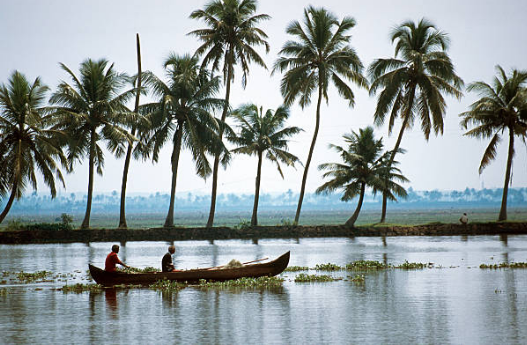 Vishnupad Temple, Gaya
Vishnupad Temple, Gaya
Gaya, Bihar - The Spiritual Heart of India
Gaya, Bihar, is a spiritual city where Hindu and Buddhist traditions come together. Known for the Vishnupad Temple, Phalgu River, and nearby Bodh Gaya, it offers peace, devotion, and cultural richness. A visit here feels like a journey through faith and history.
Gaya, Bihar
Located in the southern part of Bihar, Gaya is one of the most sacred and culturally rich cities in India. Set along the Phalgu River, Gaya holds immense spiritual importance for both Hindus and Buddhists. It is one of the oldest living cities in India, mentioned in ancient texts like the Ramayana and Mahabharata.
While Hindus visit Gaya mainly to perform Pind Daan (rituals for ancestors), Buddhists visit the nearby Bodh Gaya, where Lord Buddha attained enlightenment under the Bodhi Tree. Together, these two sites make Gaya a global center of faith and peace.
Historical Background
Gaya’s name is derived from the demon Gayasura, whose body, according to Hindu mythology, was transformed into sacred land by Lord Vishnu. Ancient scriptures describe Gaya as a place where salvation (moksha) can be achieved by offering prayers for one’s ancestors.
Over the centuries, Gaya has also witnessed the rise of Buddhism. When Prince Siddhartha meditated under the Bodhi Tree and became Lord Buddha, the entire region gained spiritual prominence.
Today, Gaya beautifully blends these two faiths - Hinduism and Buddhism - making it a unique destination for pilgrims, historians, and peace seekers.
Major Attractions in Gaya
1. Vishnupad Temple: Located on the banks of the Phalgu River, the Vishnupad Temple is the most famous temple in Gaya. It is said to house the footprint of Lord Vishnu engraved in a rock. Built in the 18th century by Queen Ahilyabai Holkar of Indore, the temple attracts thousands of devotees, especially during the Pitru Paksha Mela, when Pind Daan rituals are performed. Read more..
2. Phalgu River: The Phalgu River holds deep religious value, as Hindus believe it is the spot where Lord Rama and Sita performed Pind Daan for their ancestors. Rituals performed here are said to help the souls of the departed attain peace and liberation. Read more..
3. Mangla Gauri Temple: Dedicated to Goddess Parvati, Mangla Gauri Temple is one of the Shakti Peethas mentioned in ancient texts. The temple, located atop a small hill, offers scenic views of Gaya and is especially crowded during Navratri. Read more..
4. Bodh Gaya: Just 15 km from Gaya, Bodh Gaya is one of the most sacred Buddhist pilgrimage sites in the world. It is home to the Mahabodhi Temple (a UNESCO World Heritage Site) and the Bodhi Tree, where Lord Buddha attained enlightenment. Pilgrims from across the globe come here for meditation and spiritual learning. Read more..
5. Pretshila Hill: Another important religious site, Pretshila Hill is associated with rituals for ancestors. The name literally means “Hill of Spirits,” and the top offers breathtaking views of the surrounding plains and temples. Read more..
6. Barabar Caves: Located about 25 km from Gaya, these ancient rock-cut caves date back to the Mauryan period (3rd century BCE) and are among the oldest surviving examples of Indian rock architecture. These caves were used by Ajivika monks, contemporaries of Buddhists and Jains. Read more..
Culture and Traditions
Gaya is not just about temples and rituals - it is a city full of traditions, music, and food. The locals celebrate festivals like Chhath Puja, Diwali, and Pitru Paksha Mela with deep devotion.
The Pitru Paksha Mela, held in September–October, draws thousands of pilgrims who come to perform ancestral rites on the banks of the Phalgu River.
When it comes to food, Gaya offers a traditional taste of Bihar. You can try Litti Chokha, Thekua, Sattu Drink, and Tilkut - local delicacies that perfectly capture the flavor of the region.
Best Time to Visit
The best time to visit Gaya is from October to March, when the weather is pleasant and ideal for sightseeing. During this time, both Pind Daan rituals and Buddhist ceremonies are frequently held.
How to Reach Gaya
- By Air: The nearest airport is Gaya International Airport (8 km), which connects to major Indian cities and also has direct flights to Bangkok and Colombo.
- By Train: Gaya Junction is a major railway station connected to Patna, Delhi, Kolkata, and Varanasi.
- By Road: Gaya is well-connected via NH-2 and NH-83. Regular buses and taxis are available from Patna (100 km) and Bodh Gaya (15 km).
Travel Tips
- Dress modestly when visiting temples and monasteries.
- Early morning and evening are the best times for Pind Daan rituals.
- Avoid visiting during peak summer (April-June).
- Book your stay near Vishnupad Temple or Bodh Gaya for convenience.

 Jamnagar - The Jewel of Kathiawa..
Jamnagar - The Jewel of Kathiawa.. Garden of Five Senses Delhi - At..
Garden of Five Senses Delhi - At.. Nubra Valley & Diskit Monastery ..
Nubra Valley & Diskit Monastery .. Almora – The Cultural Heart of..
Almora – The Cultural Heart of.. Govind Dev Ji Temple Vrindavan �..
Govind Dev Ji Temple Vrindavan �.. Sri Aurobindo Ashram Pondicherry..
Sri Aurobindo Ashram Pondicherry.. Dwarka, Gujarat - The City of Lo..
Dwarka, Gujarat - The City of Lo.. Bhopal: The City of Lakes - A Co..
Bhopal: The City of Lakes - A Co.. Chaukhandi Stupa - The Monument ..
Chaukhandi Stupa - The Monument .. Sankat Mochan Hanuman Temple, Va..
Sankat Mochan Hanuman Temple, Va.. Best Places to Visit in Kasol & ..
Best Places to Visit in Kasol & .. Munnar Travel Guide - Best Place..
Munnar Travel Guide - Best Place.. Jama Masjid, Junagadh - A Timele..
Jama Masjid, Junagadh - A Timele.. Dhamek Stupa - The Sacred Heart ..
Dhamek Stupa - The Sacred Heart .. Neelkanth Mahadev Temple Rishike..
Neelkanth Mahadev Temple Rishike..

